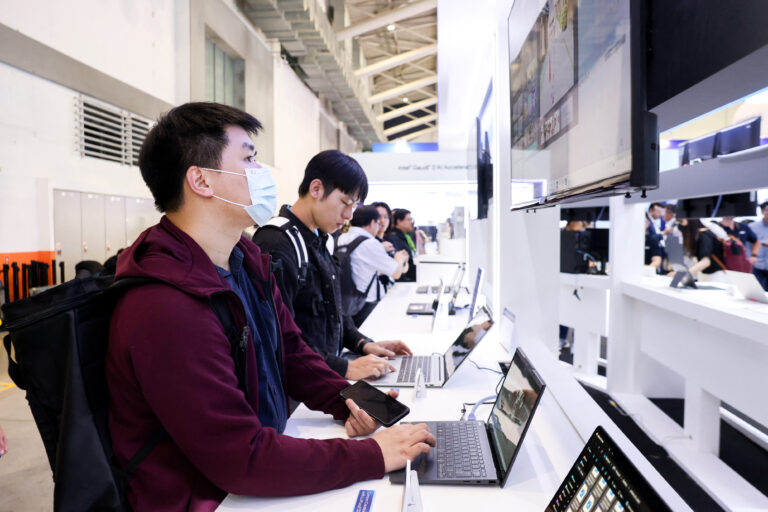
Business leaders worldwide are eager to see artificial intelligence (AI) make employees more productive. But this seems to be backfiring, as AI disadvantages are increasing, instead of decreasing, over time.
Employee workloads are rising despite their C-suite leaders investing more in AI, according to a new study by Upwork, one of the world’s largest gig work platforms.
Despite C-suiters expecting AI to enhance worker productivity and cut costs, 77% of employees say that these tools have actually increased their workload.
For this study, Upwork surveyed 2,500 people — 1,250 executives, 625 full-time and salaried employees, and 625 freelancers in the US, the UK, Australia, and Canada.
The subject pool was a mix of both genders from different generations, such as Gen Z, millennials, Gen X, and baby boomers. All subjects had to have at least a high school diploma and work with a laptop or computer.
It’s no secret that generative AI has scaled impressively. Many organisations, educational institutions and business leaders are rushing to adopt the technology in the hopes of driving productivity, creating efficiency, and extracting economic value.
Some even took to laying off human staff in the hopes of saving costs and improving efficiency, eager to enable their employees to achieve more with fewer resources.
Now, 85% of business leaders are making the technology mandatory or encouraging its use in 2024 and beyond – but employees are not thrilled. Rather, they are overwhelmed by AI disadvantages, such as added workload and complexity, with little to no guidance.

The hoopla on ChatGPT has died down since its November 2022 launch. Today’s users find more AI disadvantages than advantages. Source: AFP
Close to half (47%) of employees forced to use AI for work reported that they do not know how to achieve their C-suite’s expected productivity gains.
“Our research shows that introducing new technologies into outdated work models and systems is failing to unlock the full expected productivity value of AI,” said Kelly Monahan, managing director of The Upwork Research Institute.
“While it’s certainly possible for AI to simultaneously boost productivity and improve employee well-being, this outcome will require a fundamental shift in how we organise talent and work.”
Time to recognise AI disadvantages
The survey’s key findings showed that while bosses were investing heavily in AI, they still failed to unlock the technology’s full productivity value.
Only a quarter of C-suiters admitted that they had proper AI training programmes set up for their employees, and only 13% had adequate strategies to encourage prospective gains.
As a result, employees are struggling with a heavier workload and burnout — 39% of employees reported that they had to spend more time reviewing or moderating AI-generated content, 23% said they had to invest time into learning how to use these tools themselves, and 21% admitted they were being forced to do more work as a direct result of AI.

AI robot “Sophia” is seen at the entrance of the International Telecommunication Union (ITU) AI for Good Global Summit in Geneva on May 31, 2024. Source: AFP
These workers are not alone in finding that AI is not a cure-all solution – a supermarket meal planner in New Zealand gave customers poisonous recipes, a New York City chatbot said it was legal to fire employees who complained about sexual harassment, and Google’s AI is telling people to eat rocks and put glue on pizza.
“For many workers, the path to achieving the productivity gains that employers expect is not clear,” the report adds.
These complaints don’t go unnoticed. Nearly seven in 10 (69%) of C-suite leaders admit they are acutely aware of their employees struggling to keep up with productivity demands.
But they are adamant that flexible work models and valuing employee well-being are the solution, even though considerably fewer employees agree with them.
“In order to reap the full productivity value of AI, leaders need to create an AI-enhanced work model,” Monahan adds.
“This includes leveraging alternative talent pools that are AI-ready, co-creating measures of productivity with their workforces, and developing a deep understanding of and proficiency in implementing a skills-based approach to hiring and talent development. Only then will leaders be able to avoid the risk of losing critical workers and advance their innovation agenda.”







